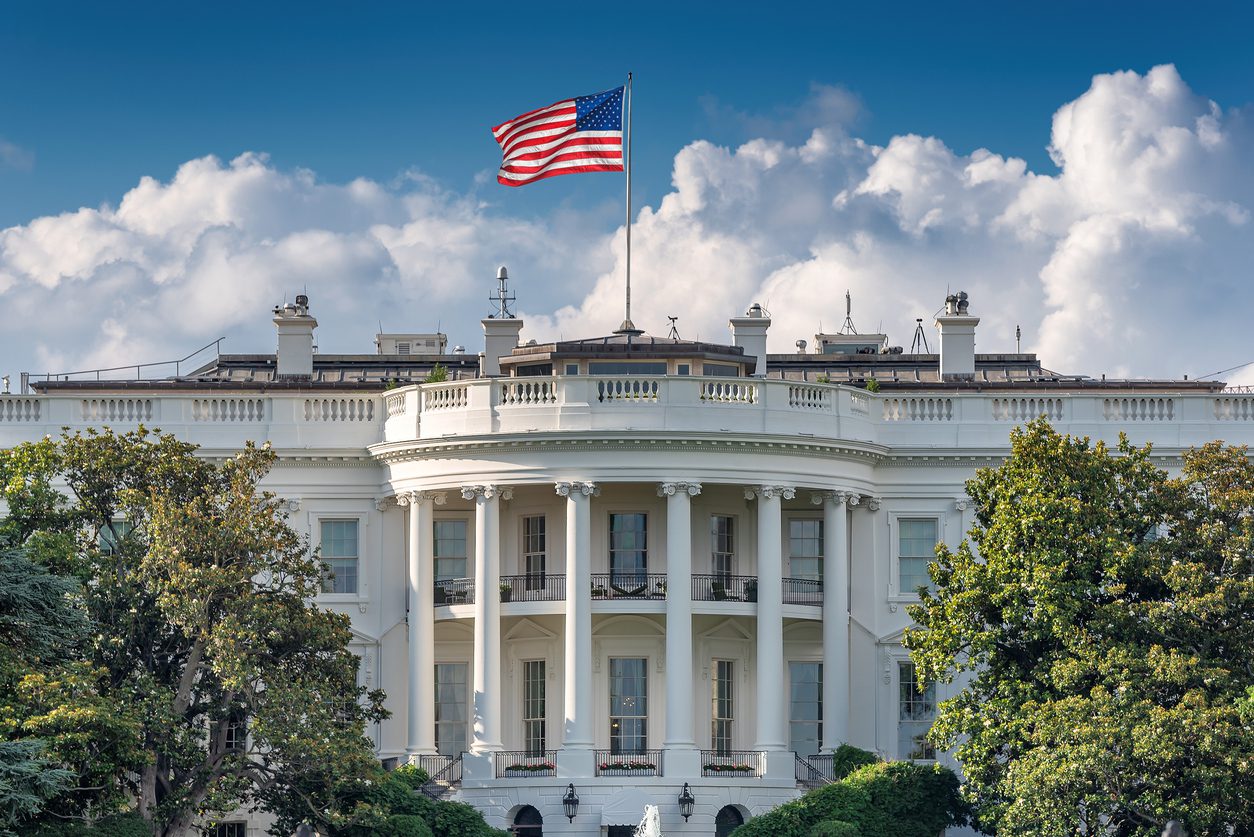Trade marks play a vital role in establishing a business’s identity and reputation with customers.
This article aims to help business owners understand the basics of trade marks and forms part of our IP ‘Know-how’ series, which explore a range of IP rights, including:
- Trade marks: the brands that identify your preferred product or service provider;
- Patents: the invention which makes your life easier;
- Copyright: rights in your favourite book, song or movie;
- Geographic Indicators: the places where your wine and cheese might originate from; and
- Designs: how something looks, but not the way it works.
What is a trade mark?
A trade mark acts as a ‘badge of origin’ to help identify the source of its goods and services. A trade mark can be anything that is able to be represented graphically (i.e., a word, image, colour, or even scents and sounds) that can distinguish your goods or services from other traders’.
The reputation and identity of a product, service or business is inherently linked to its corresponding trade mark(s).
What does a trade mark registration protect?
You can have rights in both registered and unregistered trade marks, but a trade mark registration ensures you have the exclusive right to use and authorise use of that trade mark in relation to the goods and/or services covered by the registration nationwide.
A trade mark registration protects the investment of time and money spent in building up your brand, and it is easier to enforce, sell or licence rights in registered marks than unregistered marks. Registration also provides you with a defence to a claim of registered trade mark infringement by third parties.
The trade marks register is publicly available and searchable, so a registration can also deter others from using or applying to register a mark that’s the same or similar to one that is already registered.
What should I do before registering?
Before committing to a trade mark and filing any trade mark application(s), you should consider:
- What products and/or services you want to use your trade mark for in the short to medium term;
- Whether your mark is distinctive enough to qualify for registration – i.e. that it is capable of distinguish your goods or services from other traders’; and
- Whether there might be any conflicting third-party rights in the same or similar mark.
What goods and services to file for?
When registering a trade mark, you must decide what goods and services you want the registration to protect.
The trade marks register is divided into 45 categories of goods and services, and each trade mark application / registration is classified in one or more of these categories with a list of goods/services drafted to fit within each prescribed class.
When filing an application, you should aim to ensure it covers your current offering under the trade mark applied for, as well as anything you plan to offer under the mark in the short-medium term.
Is my mark distinctive enough?
The protection provided by a trade mark registration will vary depending on the trade mark applied for and the goods/services covered by the registration.
Marks that are descriptive or laudatory are difficult to register, and any rights obtained in such registrations are usually limited. This is because descriptive or laudatory marks have less capacity to distinguish one trader’s goods or services from another’s. It is much harder to prevent other traders from using descriptive/laudatory marks in relation to their own goods and services, even if you have a trade mark registration.
Marks that are typically not registrable in New Zealand include:
- marks that are not distinctive or generic marks;
- marks that are deceptive or offensive to the general public and/or to Māori;
- names, flags or symbols of states, nations, regions, or of international organizations;
- marks that function principally as geographic names; and
- certain prohibited names, including various chemical and pharmaceutical names, plant variety names etc.
Word mark registrations cover any representation of the registered words, whereas logo registrations protect the overall look (or “get up”) of the logo as registered.
Once a word mark is registered, it provides the owner with the exclusive right to use that word in any form whatsoever, including in a stylised or logo format. However, the registration of a stylised logo provides specific trade mark protection for the logo as a whole, and not necessarily the words or elements of stylisation separately.
Having comprehensive registrations for word, logo and device marks provides you with flexibility to change the look of your brand moving forward, and also helps to ensure others don’t steal your current look.
Conducting clearance searches
Before launching your new brand, we recommend conducting clearance searches of the trade marks register and marketplace to ensure that your chosen mark is distinctive, able to be registered, and would not infringe anyone else’s rights.
If you are planning to expand your business overseas (or think you might in future), you should consider conducting clearance searches in your target countries as well as locally.
How do you register a trade mark?
Registering a trade mark in New Zealand requires filing an application with the Intellectual Property Office of New Zealand (IPONZ). We can also file internationally using a centralised filing system (called the Madrid system) or using local agents.
A trade mark application needs to specify:
- The applicant and applicant’s address
The applicant should be the entity that owns and/or intends to use the trade mark. Trade mark applications filed on trust, or by parties with no intention to use the mark or who are not the rightful owners of the marks run the risk of being deemed invalid. - The mark(s) to be covered by the application
Applications should include a clear graphical representation of the mark applied for. For images, this means a high-resolution representation of the image. - The goods and services to be covered by the application
Your rights in a registered trade mark relate to the goods/services covered by your registration and similar goods and services. - Trade mark type
An application needs to specify whether the trade mark is a:
- normal trade mark – being a mark that distinguishes the goods
or services of one person from those of another; - collective trade mark – being a mark that distinguishes the
goods or services of a member of an organisation from the goods or
services of those who are not members of the organisation; or - certification mark – being a mark that identifies the goods or
services of a person as having been certified as meeting the standards
(which are lodged and held by IPONZ) of the trade mark holder.
- normal trade mark – being a mark that distinguishes the goods
If everything goes smoothly, and no major obstacles are raised, the process to registration in New Zealand takes around six months. However, your rights run from the date you file, and you should know within 4-6 weeks whether there are any major issues with your application.
When does a trade mark registration expire?
Trade mark protection lasts for ten years but can be indefinitely renewed for further periods of ten years.
However, if a trade mark is not used for a period of three years or more, the registration can be cancelled by a third party for non-use.
What if someone else has used my trade mark?
If someone else has used the same or similar mark for the same or similar goods/services you have registered, you may have a claim for infringement under the Trade Marks Act 2002.
You may also be able to enforce your unregistered trade mark rights via the Fair Trading Act 1987 or the tort of passing off.
What now?
Trade marks are valuable business assets that encapsulate the reputation and goodwill you’ve built up in your business.
Ensuring you have appropriately safeguarded your rights in your trade marks will give you (and prospective business partners, shareholders, and licensees) the confidence in your ability to operate and expand in your chosen markets.
If you are looking for some help with your trade mark matters, get in touch with our intellectual property team!
We can help you:
- Clear and strategize the launch of new brands;
- Register and maintain your trade mark portfolio in New Zealand and internationally;
- Commercialise, purchase and transfer registered trade marks;
- Enforce your rights against any counterfeit or unlicensed use; and
- Respond to a claim of trade mark infringement.
Special thanks to Special Counsel Katy Stove and Solicitor Christian Tucker for preparing this article.
Disclaimer: The content of this article is general in nature and not intended as a substitute for specific professional advice on any matter and should not be relied upon for that purpose.






